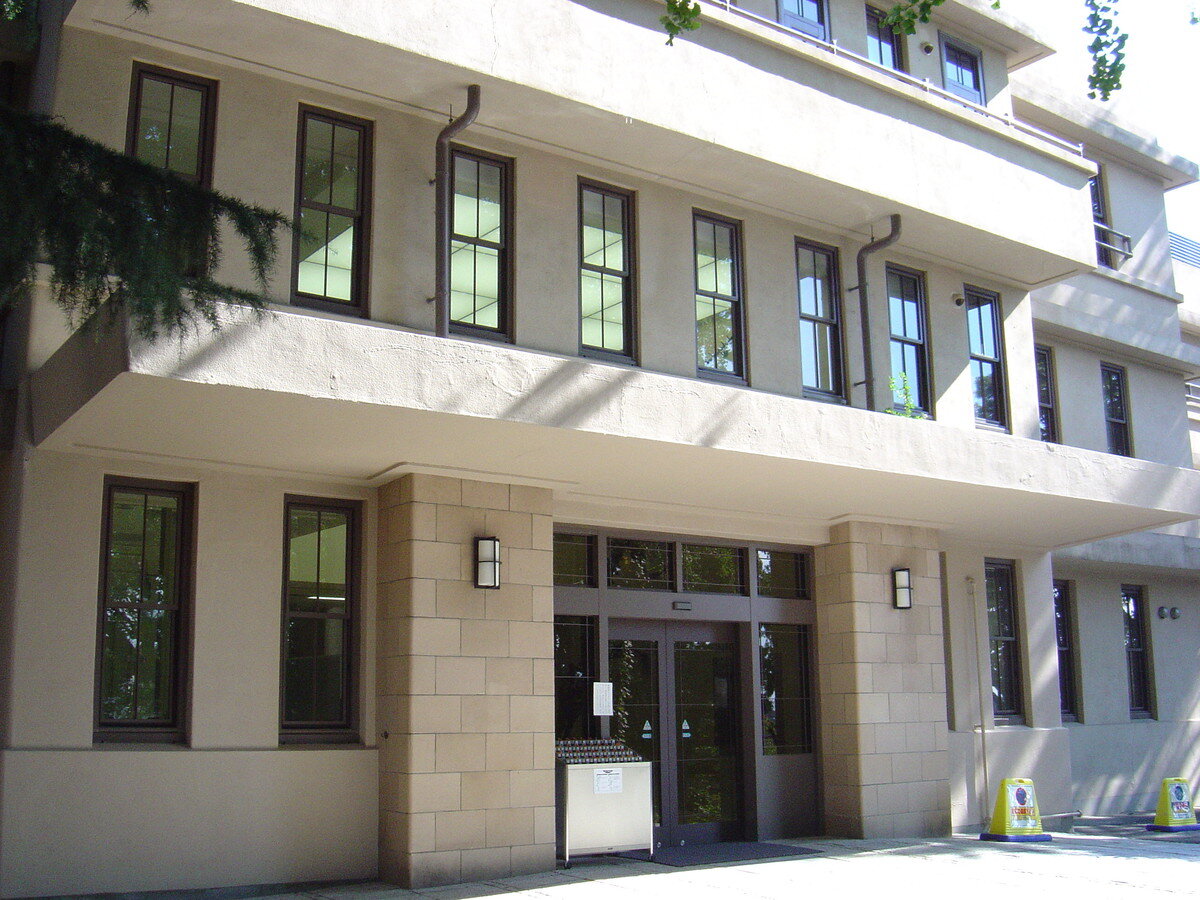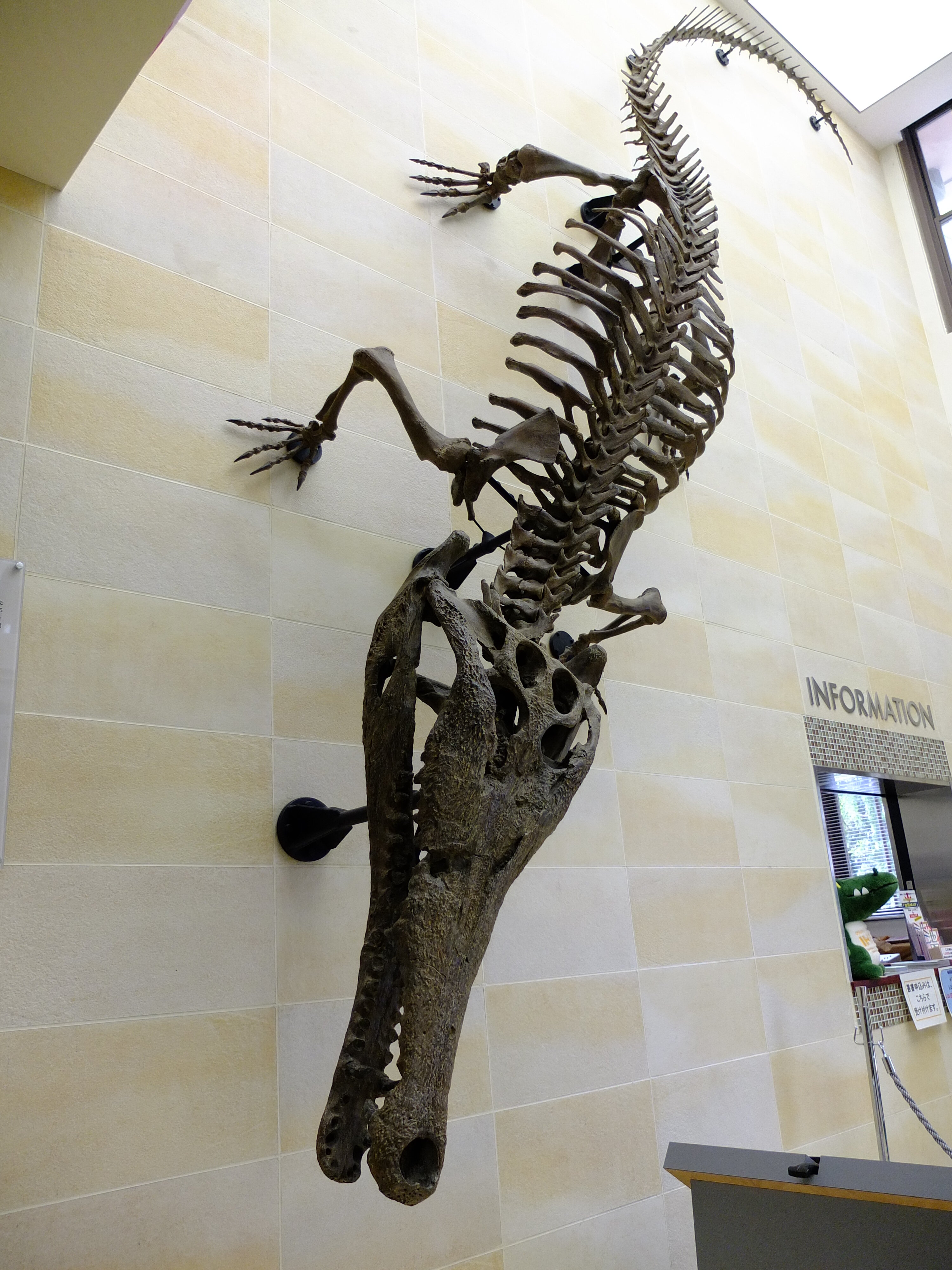Osaka University Museum


Reopened in August 2007 using the Machikaneyama Shugakukan, which was completed in 1930. Approximately 600 academic specimens are on display.
Reopened in August 2007 using the Machikaneyama Shugakukan, which was completed in 1930. The concept of the museum is an "interactive museum." Through exchanges, we communicate how the university's research and traditions are linked to society. There are currently about 600 academic specimens on display, and the highlight is one of the world's largest crocodile fossils. This creature lived in Osaka about 500,000 years ago and was excavated from a university campus construction site. On the second floor, materials related to the university's roots, ``Kaitokudo'' and ``Tekijuku,'' are displayed. Kaitokudo was founded by townspeople during the Edo period, and played a role in spreading the academic foundations of Osaka widely among the general public. Tekijuku was founded by Koan Ogata, and young people who founded the dawn of modern Japanese culture, including Yukichi Fukuzawa, studied here. Also on display is the first domestically produced electron microscope developed in 1932, and a three-dimensional model of Japan's first protein structure, which was created by a university using X-rays. These exhibits prove that Osaka University was at the cutting edge of its time in light and electronic research. Other universities store more than 1.6 million academic specimens, and plan to make them available to the public one by one while devising ways to display them.
Basic information
- Business hours
- 10:30~17:00
- Holidays
- Sundays, holidays, year-end and New Year holidays
- Price
- Free
- Access
- 10 minutes walk from Hankyu Takarazuka Line "Ishibashi Station"
- Address
- 1-20 Machikaneyama-cho, Toyonaka-shi, Osaka 560-0043
- Telephone
- 06-6850-6284
- URL
- https://www.museum.osaka-u.ac.jp/







